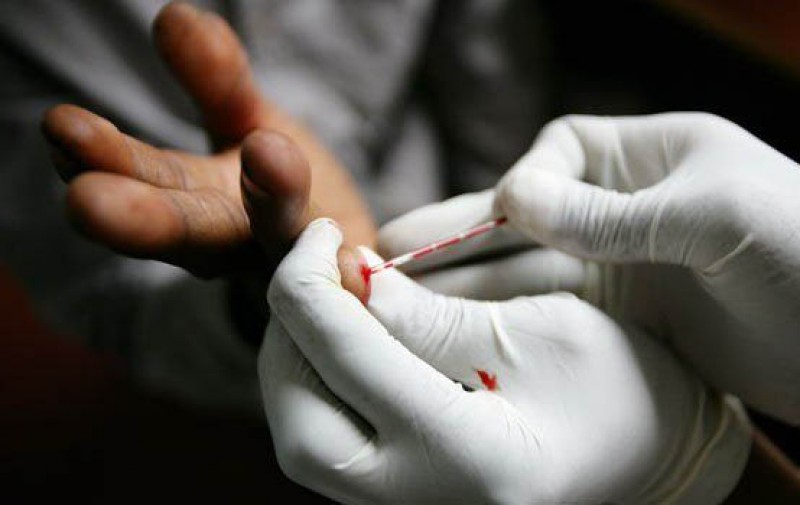STI�s in Gaborone on the rise
Tsaone Basimanebotlhe | Friday January 15, 2016 14:29


Tebogo Tshoswane, the council’s principal economist, told the council meeting this week that the growing number of sexually transmitted infections was inconsistent with the number of condoms that were distributed.
“We need to do a research that would inform us on what people collect condoms for,” he said. “Lets all join hands in educating our people about the importance of using a condom. Some people might be using condom once off. This does not sit well with us.” Tshoswane said women recorded high number of urethral discharge symptom (UDS) and vaginal discharge syndrome (VDS), which stood at 1,325 and VDS 2,528 respectively.
For genital ulcers, men recorded 310 cases while women recorded 322. Seven hundred and sixty cases of pelvic inflammation were recorded. In other sexually transmitted diseases, men contracted 260 and women 286.
“These numbers are really worrisome looking at the condom distribution which health facilities and others do,” he added. “It’s time all stakeholders, including political leadership, to stand up to educate people about dangers they might find themselves in for failure to use protection.”
Tshoswane said the only condom that was not distributed during the same period is the female condom.
On other issues related, Tshoswane said teenage pregnancy went up 6.9 per cent last quarter, which was not different from the 7.3 percent recorded in quarter one. “We are below the national target of 9.7% stipulated in the 2007 Botswana Family Health Survey,” he said.
Tshoswane further said Tebelopele Volunteering Testing Centre had challenges of people who were not willing to test with partners.
“Most people want to test alone while others use their partners to know their status. The data for greater Gaborone shows that the 20-39 years age bracket is the hardest hit by HIV/AIDS. This impact negatively on productivity given that this age bracket is the most productive,” he said.
